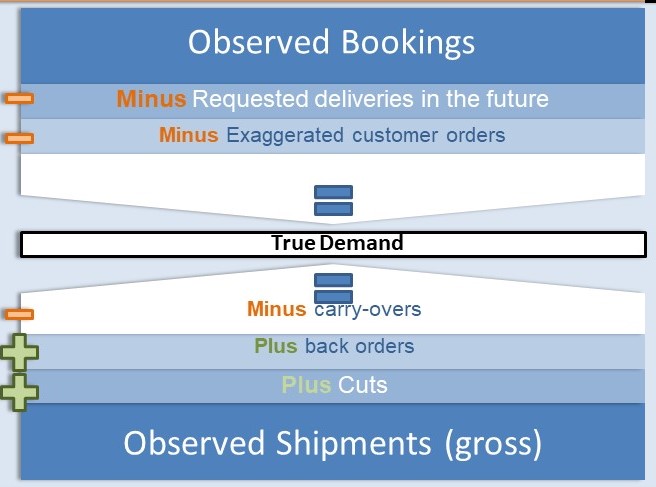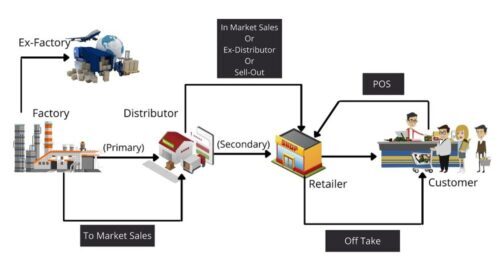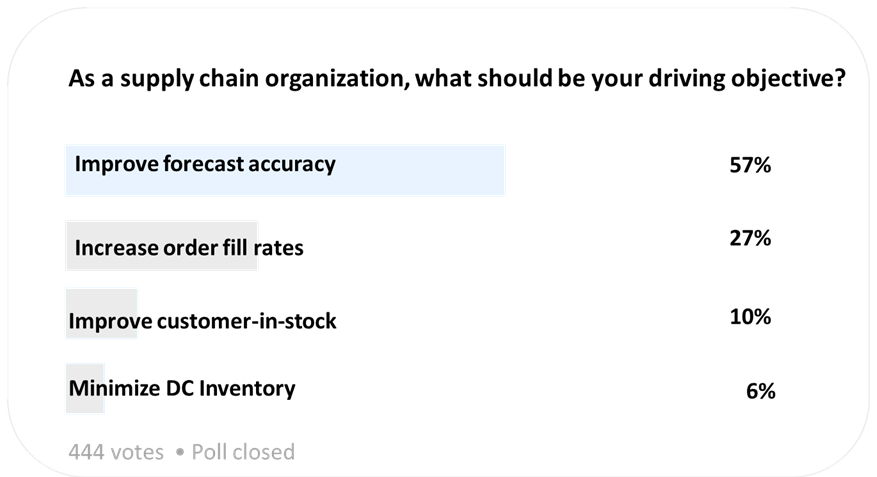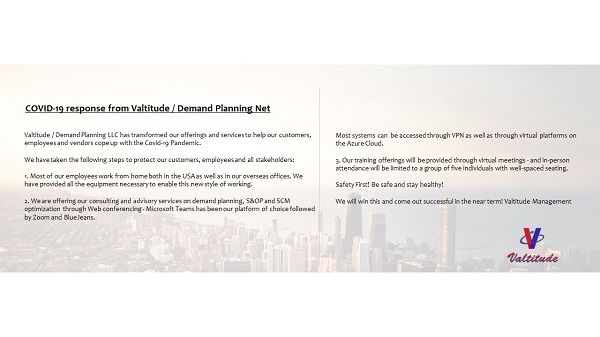Forecast Bias Over Tracking Signal
Tracking Signal is used to measure forecasting bias over time for the same SKU/Product especially when bias approaches extreme proportions and crosses a threshold. This comes from the Quality Control literature that uses control limits to valuate if a process is in control. I agree bias may be easier to understand but bias has been measured differently by different Gurus!
Again people confuse cross-sectional and calendar bias –
1. Sales people often induce cross-sectional bias. They would like to generally over-forecast all skus so there is supply available when they don’t know which skus the customer is going to order. This is a measure across all SKUs in one Period.
2. Calendar Bias is forecast bias on one SKU across many periods over time. I generally don’t believe sales people have the incentive to bias just any SKU unless it is a hot new product that is in heavy demand.
Other than clarity issues, at times the bias measure also suffers from a lack of testing for Statistical significance.
Think about a sku having forecast errors as below:
Mon1 +20%, Mon2 -20%, Mon3 14%, Mon4 -14%, Mon5 + 20%. Measuring at month 5 would show a positive bias, although statistically this is no different from zero.
Generally we advise using a T test to complement the bias measure.
Tracking signal is itself is a test of statistically significant bias. But the problem is you can do nothing with it other than to conclude that it is out-of-control bias.
But the bias measure when correctly computed and established, has more utility in planning. If you establish there is a consistent 20% upward bias, you can improve results dramatically by cutting the forecast by 20%.
So we actually prefer and recommend the forecast bias measure, although Tracking Signal is an indicator of extreme bias.
The Tracking Signal is computed using the following formula –
![]()
![]()
![]()










Mark,
I found this post to be very informative. I have not thought to test the statistical significance of the bias. I am familiar with t-test, but can you speak more about how you would test the statistical significance? Are you testing that BIAS 0? Is it better to test this on a monthly or weekly scale? Also should you limit the range at which you are testing the BIAS, for example a rolling a 5-6 months? I appreciate any feedback you can provide.